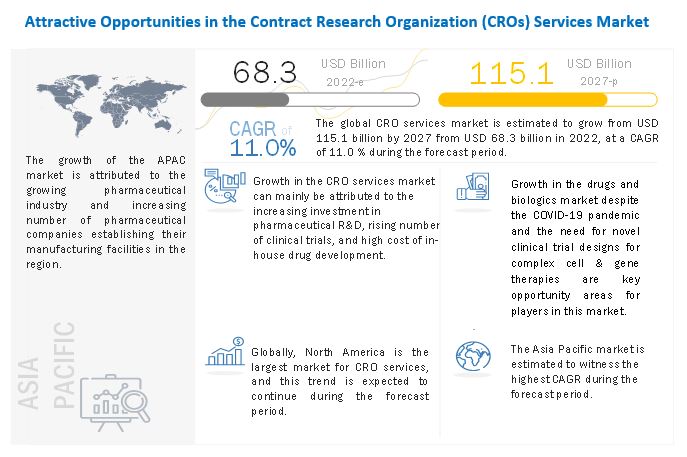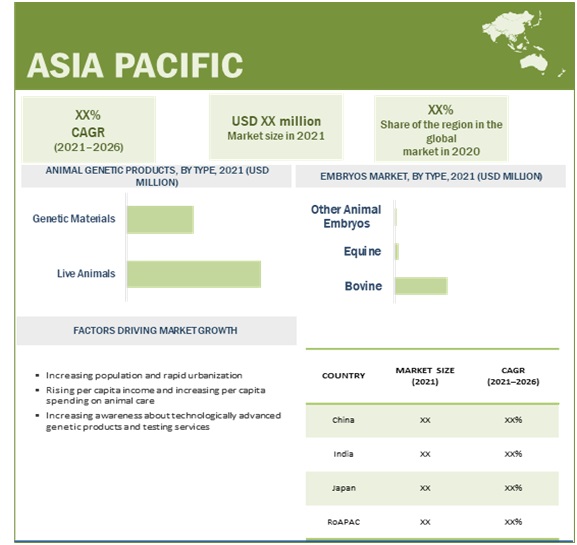The Point of Care Diagnostics Market growth of the global Point of Care diagnostics market can be attributed to factors such as increasing prevalence of respiratory diseases (such as COVID-19 and influenza) across the globe, and improved access to point-of-care devices through online platforms are some of the other key factors likely to drive the long-term growth.
High prevalence of infectious diseases:
The POC tests can greatly improve the management of infectious diseases, especially in developing countries where access to timely medical care is a challenge and the healthcare infrastructure is antiquated and sparse. According to UNAIDS, around 20.6 million people were living with HIV in East and Southern Africa in 2018. In 2019, 20,000 new HIV cases were registered in the Middle East and North Africa (Source: UNAIDS Data 2020). In the Asia Pacific, an estimated 5.8 million people were suffering from HIV in 2019, led by India and China. According to UNAIDS, in 2019, approximately 2.1 million people in India were infected with HIV. The high prevalence of HIV is likely to boost the demand for point-of-care diagnostics, further accelerating the treatment of HIV infection.
Listed below are important statistics related to major infectious diseases in developing countries:
- According to the WHO, India has the highest tuberculosis burden, with an estimated incidence of 2.64 million cases in 2020.|
- In 2019, around 4.3 million new tuberculosis cases were reported in Southeast Asia, and 632,000 people died due to TB infections in this region (Source: WHO).
- According to the National Influenza Policy 2017, around 10,000 deaths and 40,000 hospitalizations are caused due to influenza in South Africa each year.
Download PDF Brochure:
https://www.marketsandmarkets.com/pdfdownloadNew.asp?id=106829185

The point of care diagnostics market includes major Tier I and II suppliers like the point-of-care diagnostics market are Roche Diagnostics (Switzerland), Abbott Laboratories (US), Siemens Healthineers (Germany), Becton, Dickinson and Company (US), Johnson & Johnson (US), Danaher Corporation (US), Chembio Diagnostics (US), Quidel Corporation. These suppliers have their manufacturing facilities spread across regions such as North America and Europe. COVID-19 has impacted their businesses as well. Demand for point of care diagnostics from key end-users has increased rapidly amidst the global COVID-19 pandemic. Industry experts believe that COVID-19 will have long erm increase in the growth for the point of care diagnostics market in 2020. Along with this, increase in prevalence of different types of infectious diseases, easy access of POC products through online platforms, and growing awaness about the low turnout time of diagnosis using rapid point of care test in turn will boost demnd for POC devices in the coming years.
Demand for glucose monitoring products for home use result in the segment occupying the high share of the point of care diagnostics market
Glucose monitoring products owes a good market share in point of care diagnostics market. The large share of this segment is attributed to factors such as the increase in the availability of glucose motioring devices increase in the prevalence of diabetes couples with growing collaborations among players for develop advance PoC deviceas and rapus shift towards the adoption of home helathacare products.
Asia Pacific likely to emerge as the fastest growing point of care diagnostics market, globally
Geographically, the emerging Asian countries, such as China, India, South Korea, Japan and Singapore, are offering high-growth opportunities for market players. The Asia Pacific point of care market is projected to grow at the highest CAGR of 18.8% from 2020 to 2025. initiatives by the government,rising awareness about selftesting products, and increase in collaborations among key players in the point-of-care diagnostics market in the region. increasing number of hospitals in India and China; and rapid expansion of healthcare infrastructures,and increase in thenumber of research centers are driving the growth of the APAC point of care diagnostics market.
Request Sample Pages:
https://www.marketsandmarkets.com/requestsampleNew.asp?id=106829185
Prominent players in this market Roche Diagnostics (Switzerland), Siemens Healthineers (Germany), Danaher Corporation (US), Becton Dickinson and Company (US), Abbott Laboratories (US), Quidel Diagnostics (US), and Chembio Diagnostics (US). Other prominent players operating in this market are EKF Diagnostics (UK), Trinity Biotech (Ireland), and Fluxergy (France).


















